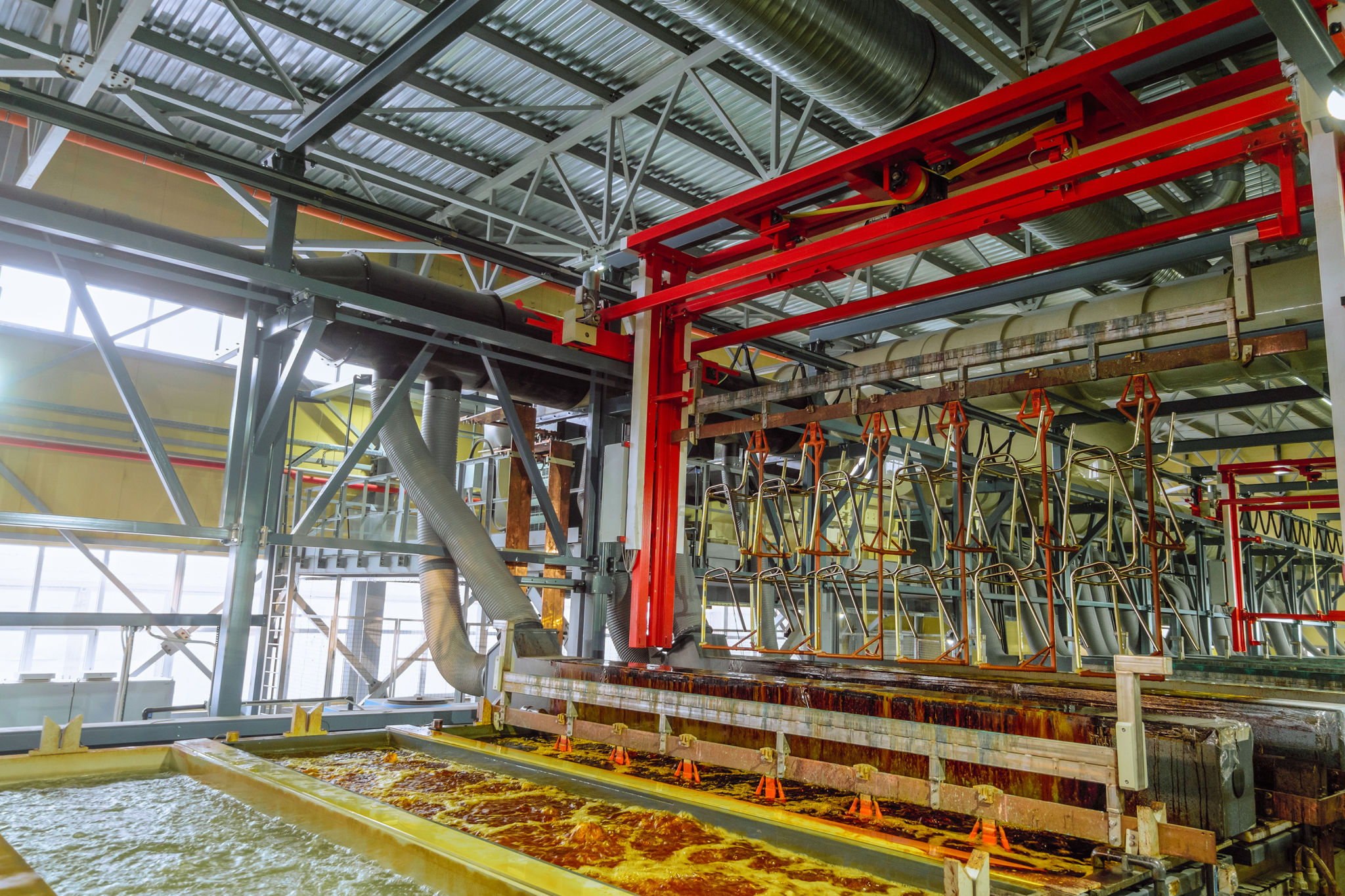Innovations in Managing Chemical Pollutants Like PFAS
Understanding PFAS and Their Impact
Per- and polyfluoroalkyl substances (PFAS) are a group of synthetic chemicals that have been widely used in industrial applications and consumer products due to their resistance to heat, water, and oil. However, their persistence in the environment and potential health risks have raised significant concerns. Known as "forever chemicals," PFAS do not break down easily, leading to accumulation in water, soil, and living organisms.
The impact of PFAS on human health and the environment is profound. Studies have linked exposure to these chemicals with a range of health issues, including cancer, liver damage, and thyroid disease. Consequently, managing and mitigating the effects of PFAS pollution has become a critical focus for environmental scientists and policymakers.

Innovative Detection Methods
Recent advancements in technology have led to more efficient methods for detecting PFAS in the environment. Traditional testing methods were often time-consuming and costly. However, new spectroscopic techniques and portable sensors are enabling quicker and more accurate identification of these pollutants in various settings.
These innovations not only improve the accuracy of PFAS detection but also facilitate more comprehensive monitoring programs. By deploying advanced sensors in strategic locations, researchers can gather valuable data on PFAS distribution, allowing for targeted interventions and policy development.
Portable Sensors for On-Site Testing
One of the breakthroughs in PFAS detection is the development of portable sensors that can be used for on-site testing. These devices offer the advantage of immediate results, reducing the need for extensive laboratory analysis. This real-time monitoring capability is essential for effective management and response to PFAS contamination events.

Advanced Remediation Techniques
As detection methods improve, so too do the strategies for remediating PFAS-contaminated sites. Traditional approaches such as excavation or carbon filtration have limitations when dealing with PFAS due to their strong chemical bonds. However, innovative remediation techniques are emerging as promising solutions.
Electrochemical Oxidation
Electrochemical oxidation is one method that has shown potential in breaking down PFAS compounds. This technique involves using an electric current to initiate chemical reactions that degrade PFAS molecules into less harmful substances. The process is not only effective but also environmentally friendly, offering a sustainable option for treating contaminated water and soil.

Biological Treatment Approaches
Another innovative approach is the use of biological treatment methods. Researchers are exploring the capabilities of certain microorganisms to degrade PFAS compounds naturally. By harnessing these biological processes, it's possible to develop eco-friendly solutions that complement existing remediation strategies.
The integration of biological and chemical methods offers a holistic approach to managing PFAS pollution, reducing reliance on energy-intensive technologies and minimizing environmental impact.
Policy and Collaboration
While technological innovations play a crucial role in addressing PFAS pollution, effective management also requires robust policy frameworks and collaboration among stakeholders. Governments worldwide are implementing stricter regulations to limit the use of PFAS and promote safer alternatives.
Collaboration between industries, researchers, and policymakers is essential for developing comprehensive strategies that address both current contamination and future prevention. By working together, stakeholders can share knowledge, resources, and expertise to create sustainable solutions for managing chemical pollutants like PFAS.